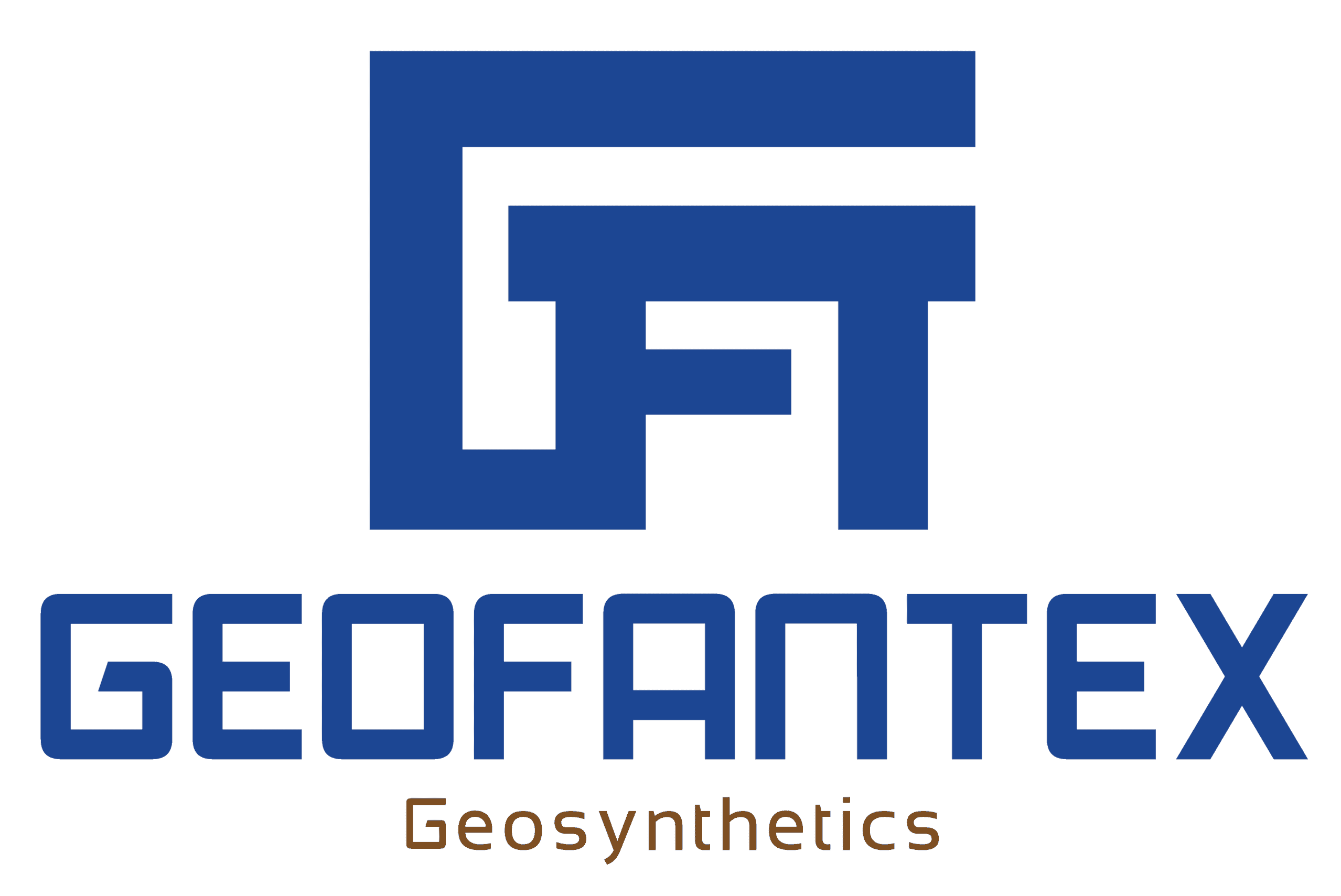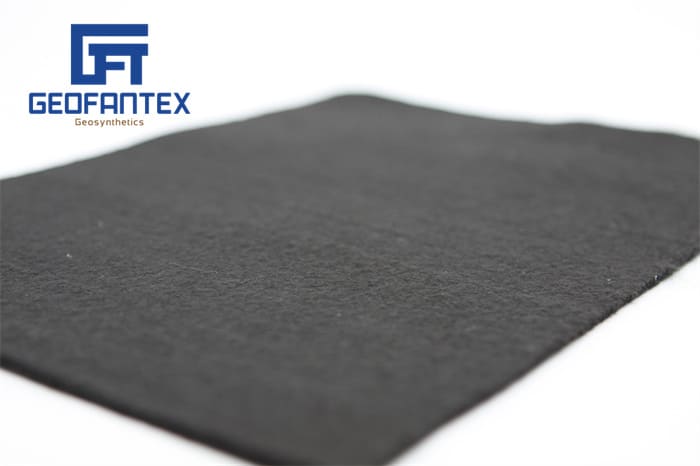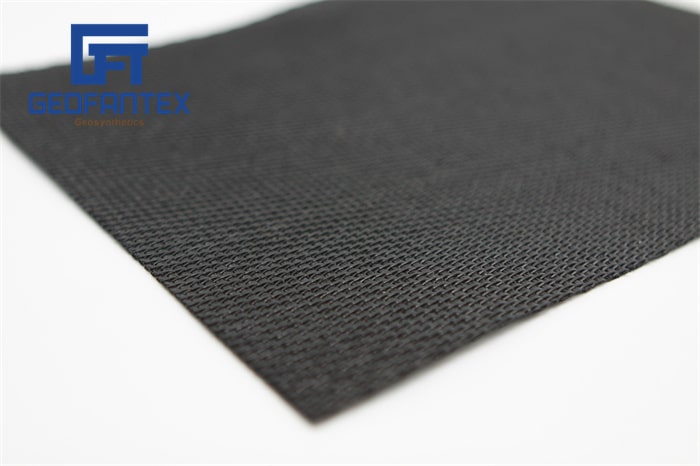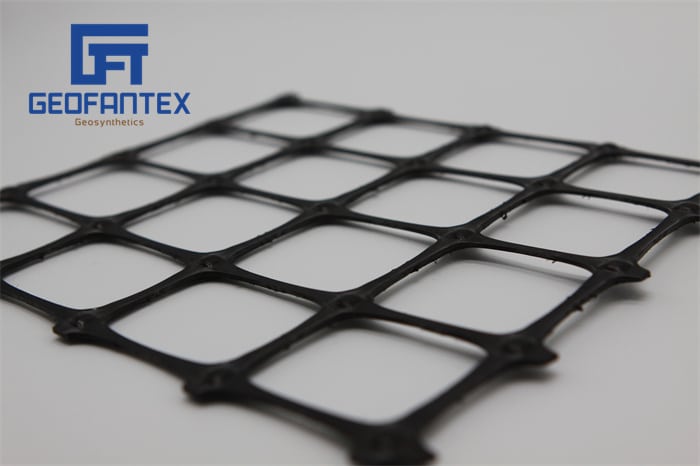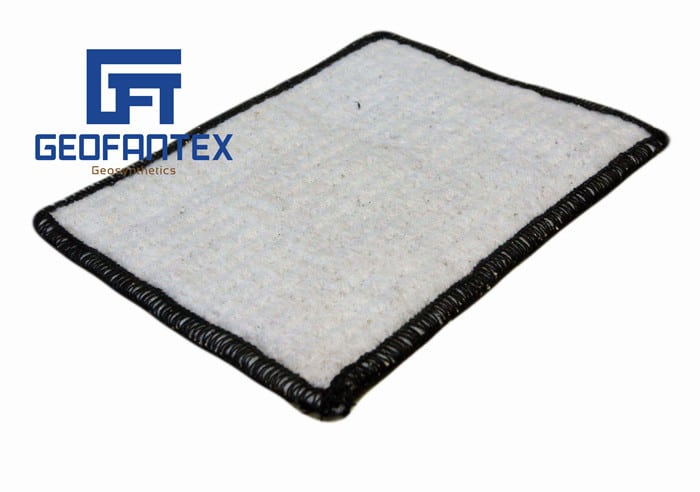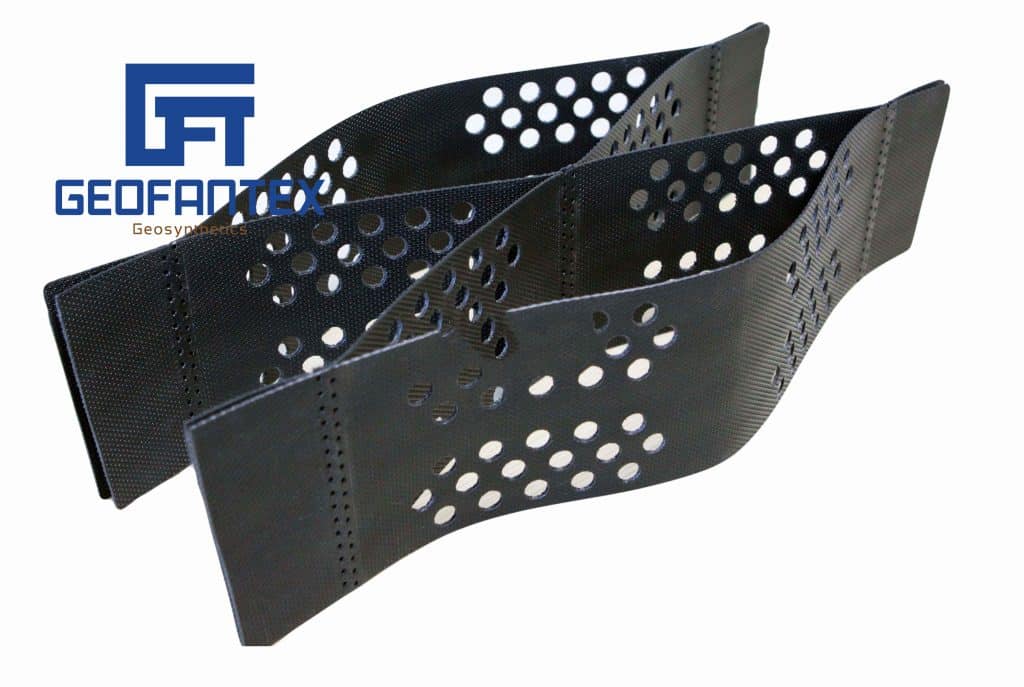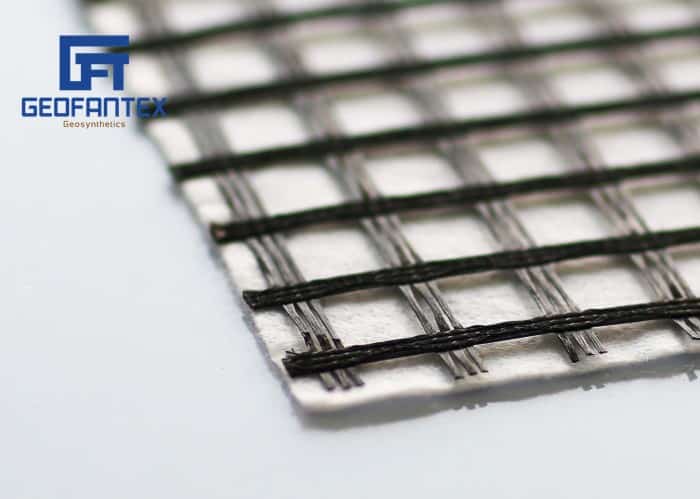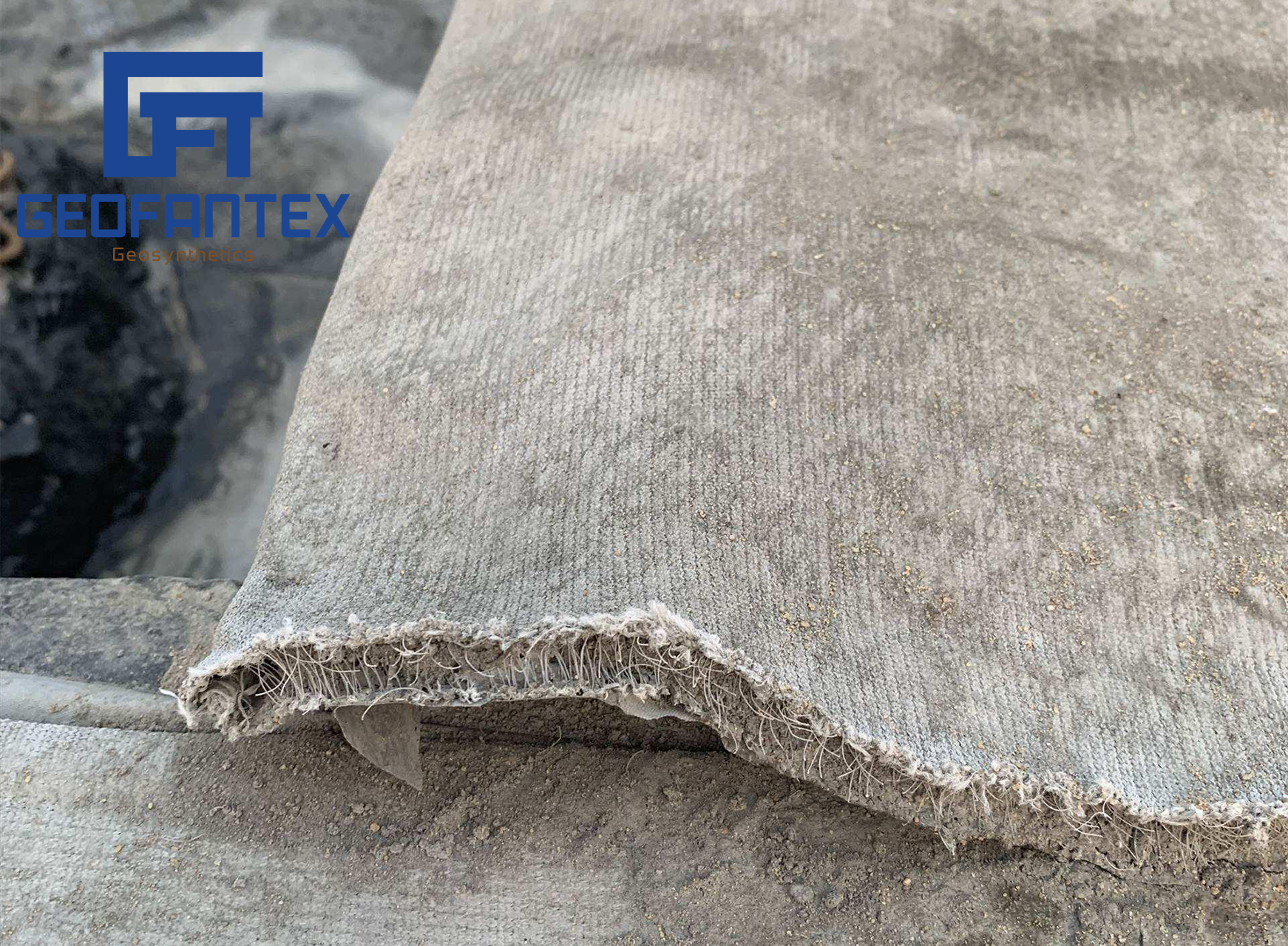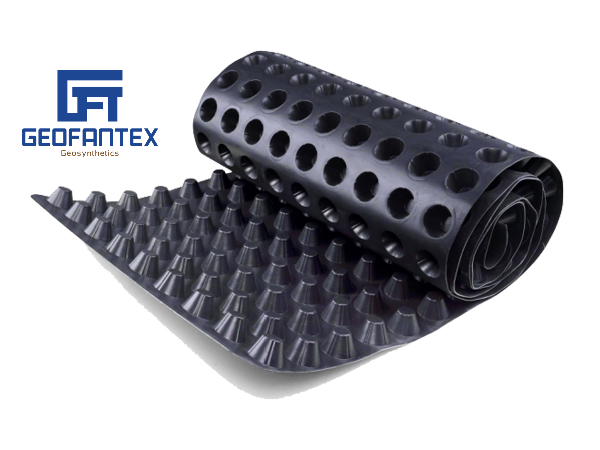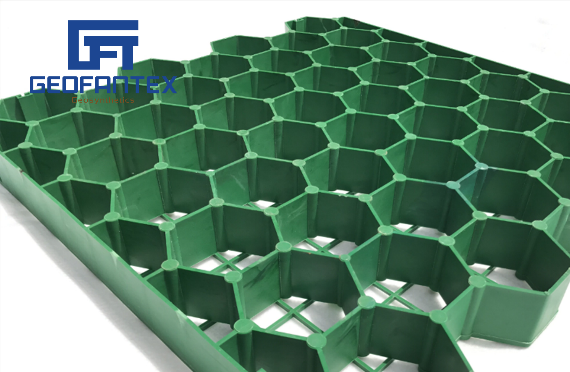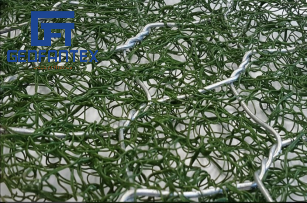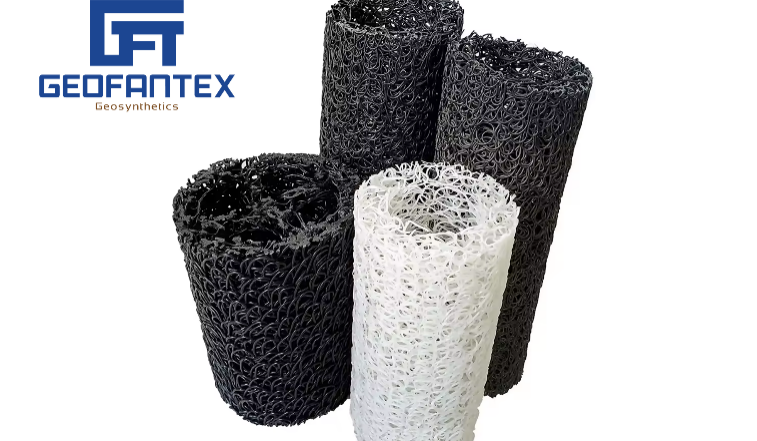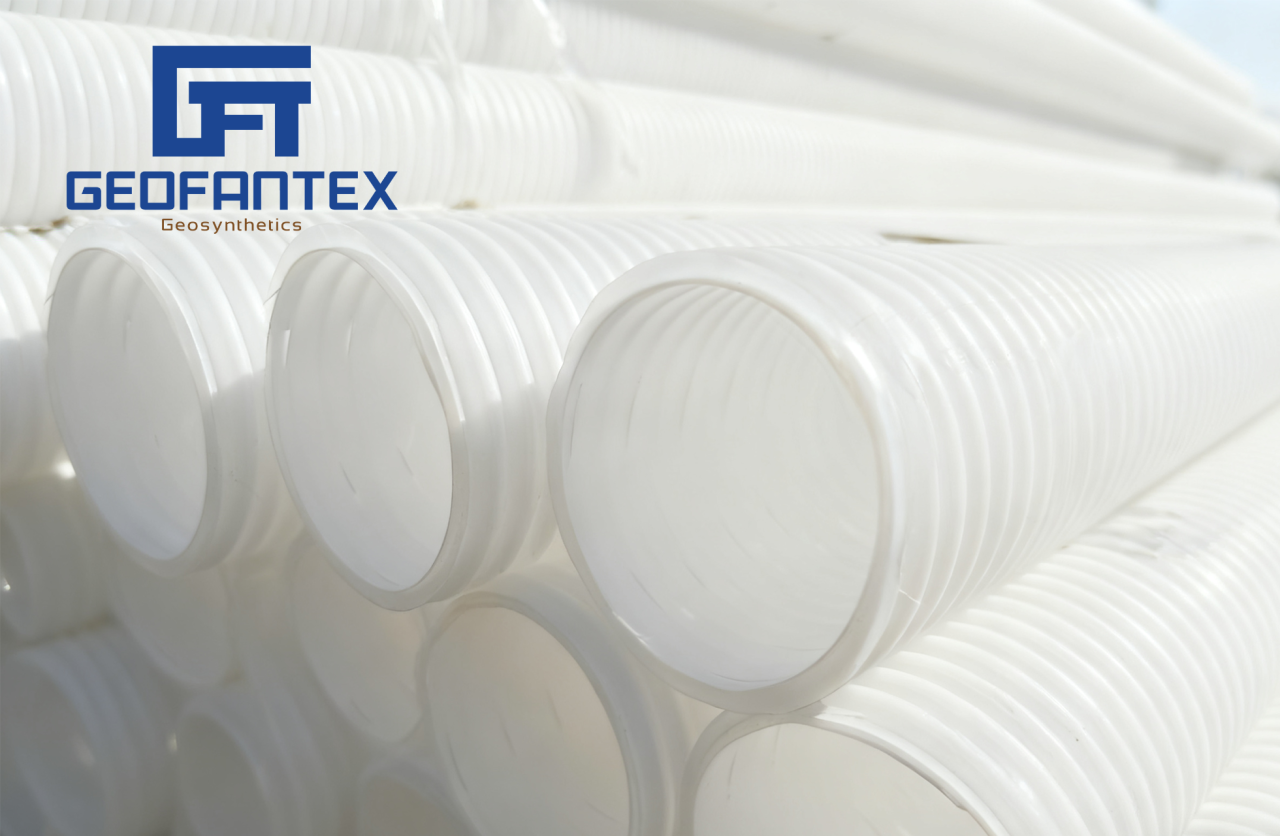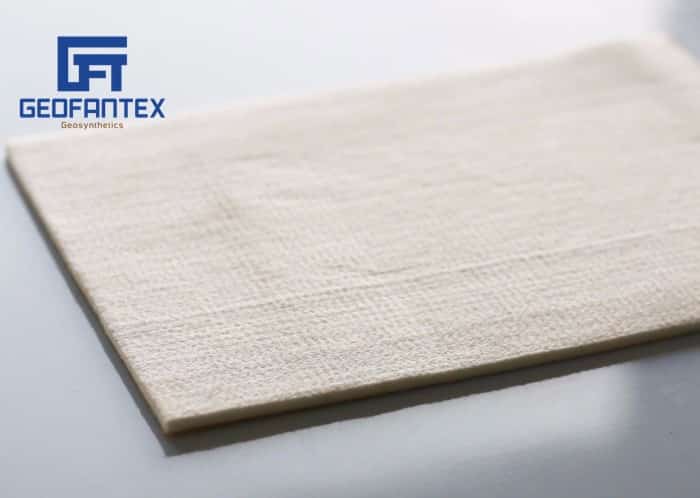+86-159 9860 6917
info@geofantex.com
geofantex@gmail.com
+86-400-8266163-44899
What is woven polyethylene fabric and what are its key properties?
- Material Composition: Made by weaving strips of high-density or low-density polyethylene into a strong mesh structure.
- Durability: Tear-resistant and long-lasting, capable of withstanding environmental stress.
- Water Resistance: Often laminated or coated to provide excellent water repellency, making it suitable for waterproof applications.
- UV Resistance: Laminated or treated versions can resist sunlight degradation, extending lifespan outdoors.
- Flexibility: Lightweight and easy to handle, yet strong enough for industrial and agricultural use.
- Applications: Widely used in tarpaulins, ground covers, packaging sacks, construction sheeting, and other sectors requiring durability, chemical resistance, and waterproofing.
Woven polyethylene fabric combines strength, flexibility, water resistance, and durability, making it a preferred choice for agricultural, industrial, and outdoor applications.
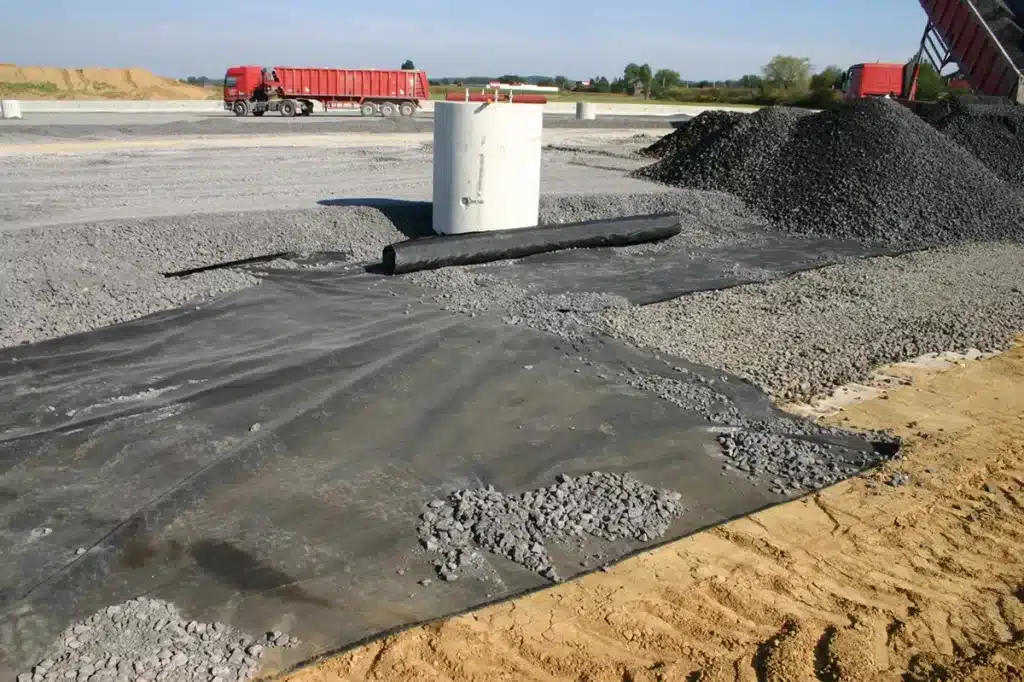
Is Woven Polyethylene Fabric Waterproof and How Does It Compare to Other Fabrics?
- Water Resistance: Woven polyethylene fabric is inherently water-resistant due to its polymer composition. Laminated or coated versions offer excellent waterproofing, making it suitable for tarps, ground covers, and construction sheeting.
- Comparison with Polypropylene Fabric: While both polyethylene and polypropylene fabrics are lightweight and durable, polyethylene generally provides superior water repellency and flexibility, whereas polypropylene may be more breathable but less waterproof.
- Comparison with Polyester Fabric: Polyester fabrics prioritize tensile strength and UV stability, making them durable over time, but they typically require coatings to achieve the same level of waterproofing as polyethylene.
Choosing woven polyethylene fabric ensures strong, flexible, and naturally water-resistant material for agricultural, industrial, and outdoor applications, outperforming many other synthetic fabrics in waterproofing performance.
What are the key properties of woven polyethylene fabric?
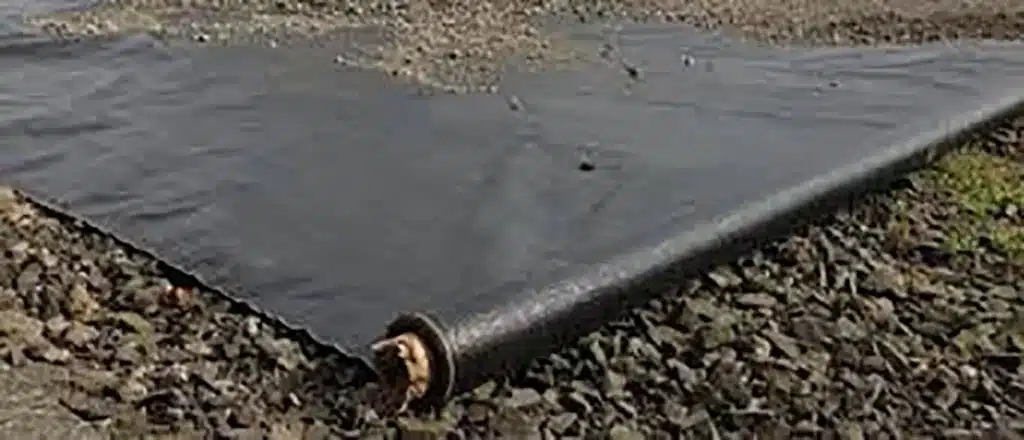
- Material Composition:Made by weaving strips of high-density or low-density polyethylene into a strong mesh structure.
- Durability:Tear-resistant and long-lasting, capable of withstanding environmental stress.
- Water Resistance:Often laminated or coated to provide excellent water repellency, suitable for waterproof applications.
- UV Resistance:Laminated or treated versions can resist sunlight degradation, extending lifespan outdoors.
- Flexibility:Lightweight and easy to handle, yet strong enough for industrial and agricultural use.
- Applications:Used in tarpaulins, ground covers, packaging sacks, construction sheeting, and other sectors requiring durability, chemical resistance, and waterproofing.
Woven polyethylene fabric combines strength, flexibility, water resistance, and durability, making it an ideal choice for agricultural, industrial, and outdoor applications where long-lasting and waterproof materials are required.
Is Polyethylene Fabric the Same as Polyester Fabric?
- Polyethylene Fabric: Made from polyethylene polymers, it is lightweight, flexible, tear-resistant, and highly water-resistant. Common uses include tarps, ground covers, packaging, and geotextiles requiring waterproofing and chemical resistance.
- Polyester Fabric: Made from polyethylene terephthalate, it is strong, abrasion-resistant, UV-stable, and durable over time. It is often used in clothing, outdoor fabrics, upholstery, and geosynthetics needing high tensile strength.


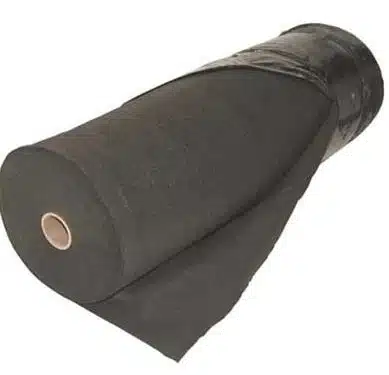
Get Free Sample
We’ll respond as soon as possible(within 12 hours)
